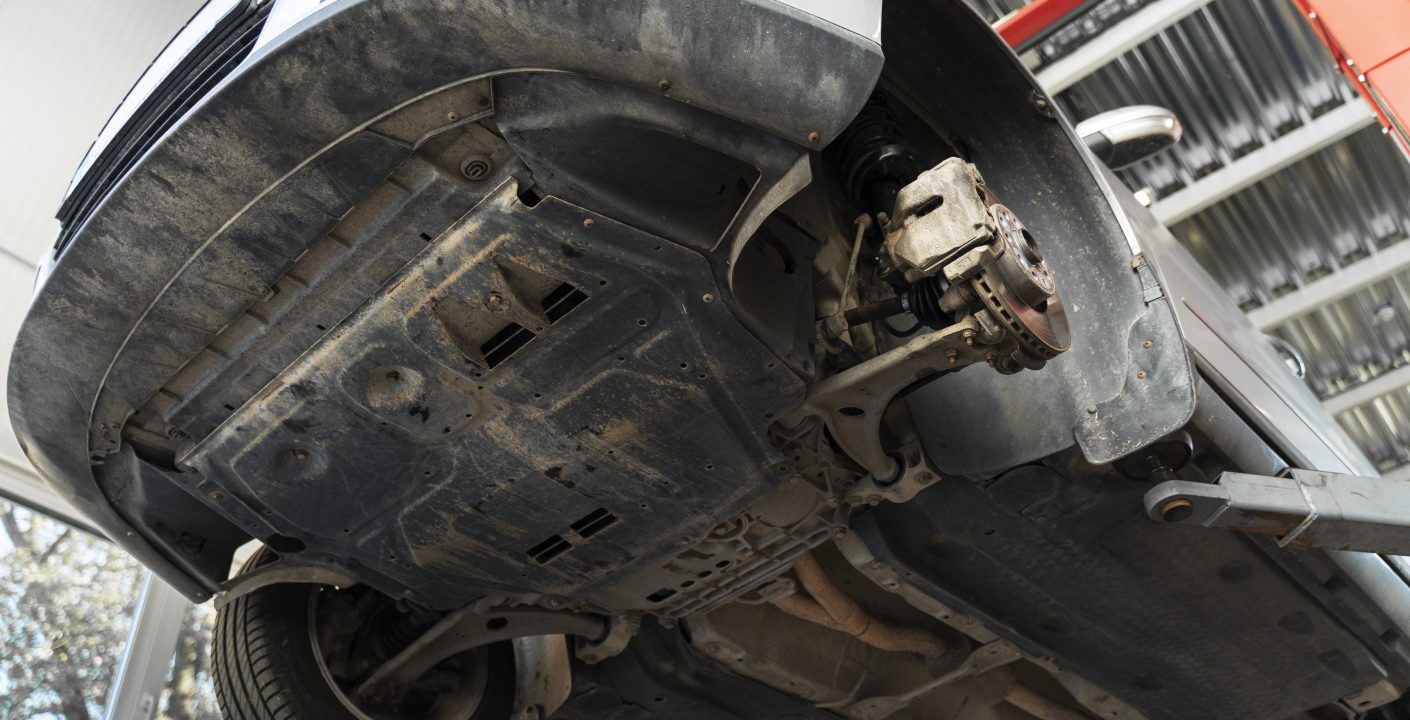When it comes to vehicle safety, many people often think of airbags, seatbelts, and anti-lock braking systems. However, one critical component that plays a foundational role in ensuring the safety of a vehicle is the chassis. Often referred to as the backbone of the vehicle, the chassis is not just a structural element but a key player in protecting passengers and enhancing overall safety performance. In this blog post, we’ll explore the role of the chassis in vehicle safety, detailing how its design, material composition, and integration with other systems contribute to a safer driving experience.
Understanding the Car Chassis: A Brief Overview
The chassis is the framework of the vehicle that supports all its components, including the body, engine, transmission, suspension, and wheels. It is the primary structure to which all other parts are attached. The chassis must be designed to balance strength, rigidity, and weight to ensure that the vehicle can perform safely under various conditions.
The chassis typically consists of several key components:
- Frame: The main structure of the chassis that holds everything together.
- Suspension System: Connects the wheels to the frame and absorbs shocks.
- Steering System: This enables the driver to control the direction of the vehicle.
- Braking System: Works in conjunction with the chassis to stop the vehicle.
Chassis Design and Its Impact on Safety
The design of the chassis has a direct impact on a vehicle’s safety performance. Several aspects of chassis design contribute to this, including:
- Crashworthiness: The ability of the chassis to absorb and dissipate energy during a collision is crucial for protecting occupants. Modern vehicles are designed with crumple zones—areas of the chassis engineered to deform in a controlled manner during an impact. This deformation absorbs the energy from the collision, reducing the force transmitted to the passenger compartment and minimizing injuries.
- Structural Rigidity: A rigid chassis is essential for maintaining the integrity of the vehicle’s shape during an accident. High structural rigidity prevents the chassis from bending or twisting excessively, ensuring that the cabin remains intact and providing a safe space for passengers. A well-designed chassis helps distribute impact forces evenly across the vehicle, reducing the risk of localized damage and injury.
- Roll-Over Protection: The car chassis plays a vital role in preventing rollovers and protecting occupants in the event that a rollover occurs. A lower center of gravity, achieved through careful chassis design, reduces the likelihood of a vehicle tipping over during sharp turns or sudden maneuvers. Additionally, reinforced pillars and roof structures integrated into the chassis provide extra protection in the event of a rollover, preventing the roof from collapsing.
- Integration with Safety Systems: The car chassis must work in harmony with various safety systems, such as airbags, seatbelts, and electronic stability control (ESC). For example, sensors placed within the chassis detect changes in vehicle dynamics, allowing ESC to intervene and prevent loss of control. The chassis also provides mounting points for airbags and seatbelt anchors, ensuring they deploy effectively during a crash.
- Weight Distribution: Proper weight distribution is crucial for vehicle stability. A well-designed chassis helps distribute the weight of the vehicle evenly, reducing the risk of oversteering or understeering. This stability is especially important in emergency situations, where the driver needs to maintain control of the vehicle to avoid accidents.
Materials and Manufacturing
The materials used in constructing the car chassis play a significant role in its safety performance. Modern vehicles often use a combination of high-strength steel, aluminum, and composite materials to achieve the desired balance of strength, rigidity, and weight.
- High-Strength Steel: Provides excellent rigidity and crash protection, particularly in critical areas such as the pillars and frame rails.
- Aluminium: Used in areas where weight reduction is essential, aluminium helps improve fuel efficiency without compromising safety.
- Composite Materials: Increasingly used in modern chassis design, composites offer high strength-to-weight ratios, contributing to both safety and performance.
Advanced manufacturing techniques, such as laser welding and hydroforming, allow for precise construction of the chassis, ensuring that each component meets stringent safety standards.
The car chassis is more than just a structural framework; it is a crucial component that underpins vehicle safety. Through careful design, material selection, and integration with modern safety systems, the chassis plays a pivotal role in protecting occupants and ensuring a safe driving experience.
Image Credit: Image By FreePik



